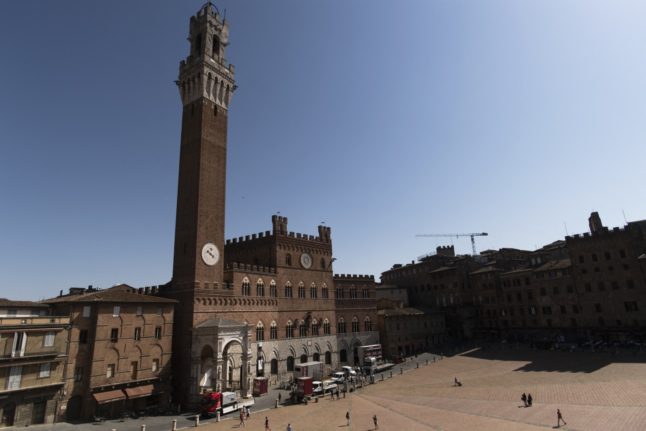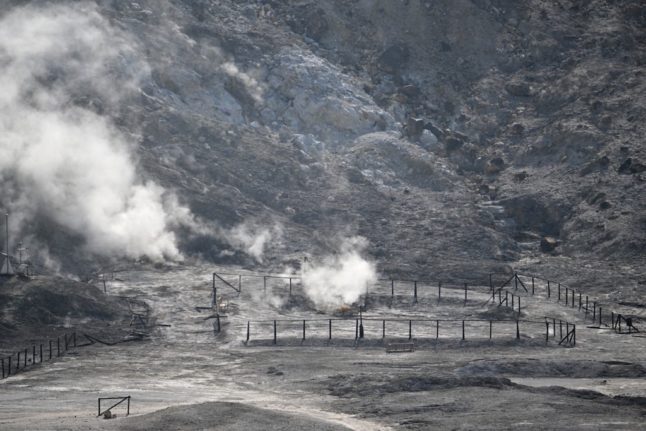The quake, which occurred at 7.49pm local time, did not result in any damage but caused “panic” among residents, with many rushing out into the streets, Tuscany’s president Eugenio Giani said.
The epicentre was located four kilometres east of the town of Poggibonsi, in the Siena province, at a depth of around 8.3 kilometres, according to Italy’s National Institute of Geophysics and Volcanology (INGV).
The quake was initially estimated to have been between 3.2 and 3.7 on the Richter magnitude scale before official data placed it at 3.4.
Poggibonsi mayor David Bussagli said the quake “was felt distinctly” but “no damage to people or things” had been reported.
The tremor was also felt by residents in Florence, Arezzo and Pisa, according to local media reports.
READ ALSO: What to do in an earthquake in Italy
Tremors are not new to the area. A 3.5 quake struck the city of Siena, which is famous for its artistic heritage and the Palio horse race, last February, causing local museums, schools and universities to close for a day.
Italy is among the most earthquake-prone countries in Europe as the Italian peninsula lies right where the African tectonic plate converges with the Eurasian plate, meaning that the country is “seismic in its entirety”, according to the country’s Civil Protection Department.
READ ALSO: Which parts of Italy have the highest risk of earthquakes?
Italy has been hit by more than 30,000 medium to strong earthquakes over the past 2,500 years, and seven earthquakes with a magnitude of 6.5 or more in the 20th century alone.




 Please whitelist us to continue reading.
Please whitelist us to continue reading.
Member comments